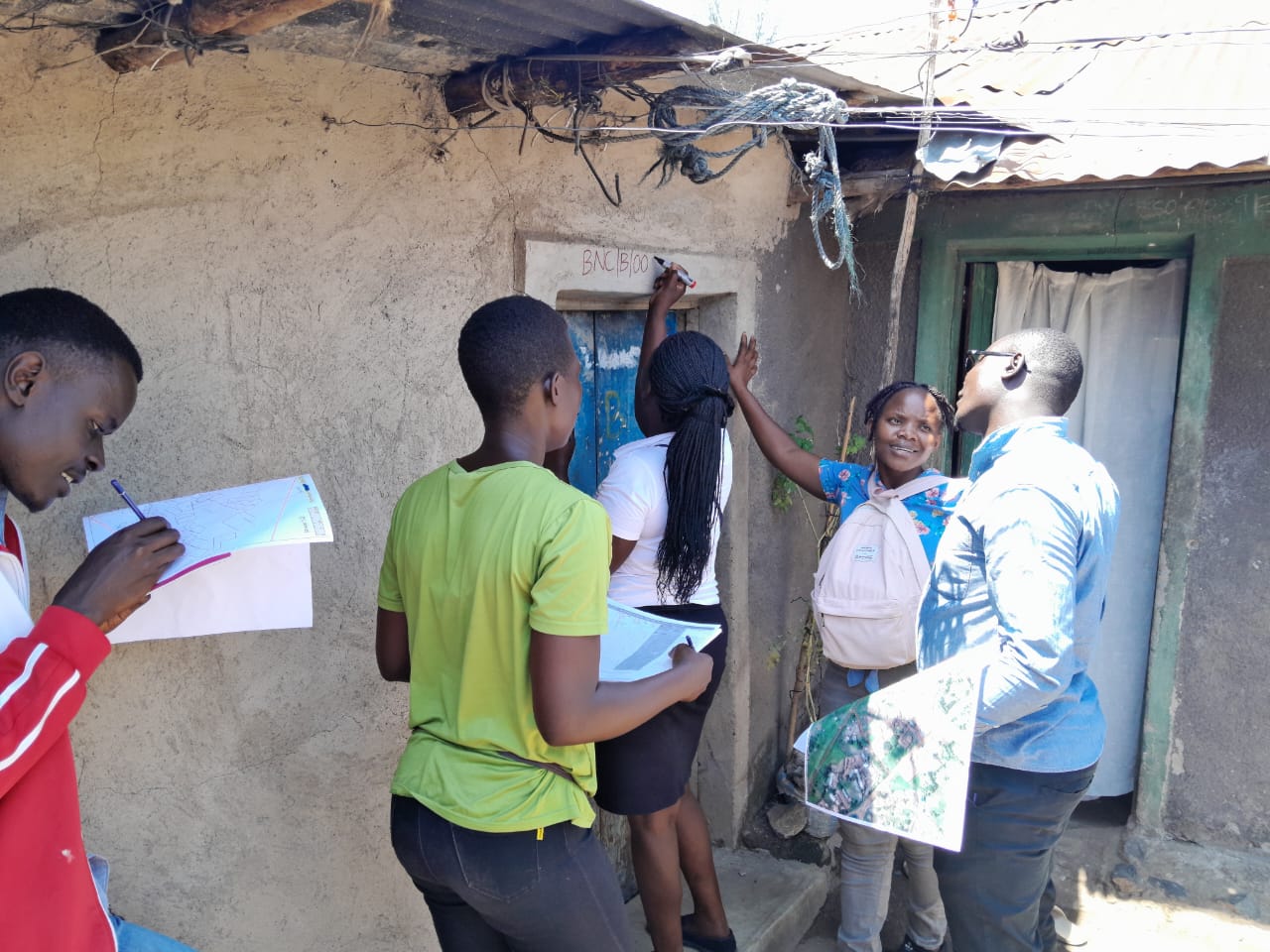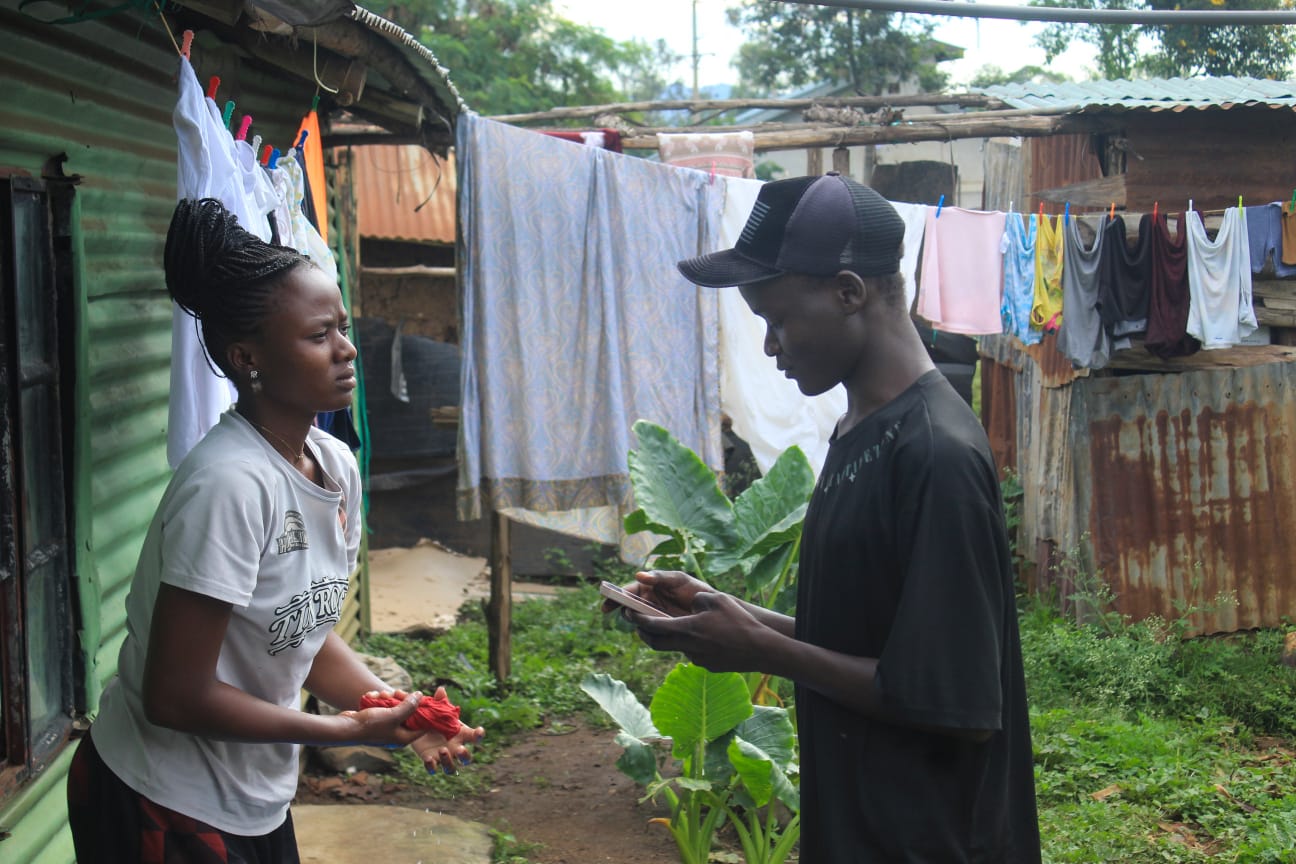Each year, the International Day for Disaster Risk Reduction (IDDRR) reminds the global community that disasters are not only a test of emergency response but a reflection of how well we invest in prevention and preparedness. This year’s theme, “Fund Resilience, Not Disasters,” calls for a decisive global shift: to direct more private, public, and international resources toward anticipating risks rather than reacting to crises.
At SDI-Kenya/Muungano wa Wanavijiji, this message couldn’t be more relevant. Across Kenya’s urban informal settlements, from Kisumu, Nairobi to Mombasa, communities are already confronting the daily realities of climate-induced flooding, poor drainage, and fragile infrastructure. These conditions exacerbate vulnerabilities, yet they also reveal the power of community-driven solutions when adequately supported.

Every coin spent on disaster response could have a far greater impact if invested in risk reduction. Every dollar invested in preparedness saves up to seven in recovery costs. Yet, across African countries and beyond, DRR budgets remain limited, often fragmented across ministries and short-term projects, hence underinvestment. This underinvestment leaves urban informal settlements where millions of urban poor reside at the frontline of disasters without any means to adapt.
In this context, funding resilience could mean integrating risk-informed planning into development investments. That every new housing project/Improvement, Material Recovery Facilities, WASH, and Resilience hubs construction must consider future climate risks, environmental pressures, and community vulnerabilities. Also, empowering local actors with the financial and technical capacity to implement preventive measures before hazards actually become disasters.
At SDI-Kenya/Muungano Wa Wanavijiji, we believe that resilience is most effective when designed and led by the people it seeks to protect. Through community mapping, participatory planning, and localized environmental assessments, residents of informal settlements, with the support of SDI Kenya, are identifying their risks and co-developing solutions for improved sanitation systems to safer housing models for the general settlement upgrading. For instance, with support from the Swedish International Development Agency (Sida), SDI Kenya and Muungano wa Wanavijiji recently worked with community co-researchers in Bandani Settlement, Kisumu, to complete a settlement-wide enumeration. The data generated is now being used to guide climate-resilient upgrading plans within the settlement. On the other hand, in the Kiamaiko settlement also supported by SIDA, organized savings groups are leading dialogues for the Neighborhood/Housing Association on housing and water access. These examples just show that when communities have the tools and trust to act, they become partners, not beneficiaries of resilience building.

Despite these local achievements and accomplishments, financing remains the missing link. Many atimes, funding streams prioritize response and reconstruction after disasters strike, while community-led adaptation and prevention efforts remain underfunded. However,
to “fund resilience” means creating mechanisms that channel resources directly to community structures, allowing them to invest in small-scale, high-impact initiatives such as improved waste management, and climate Resilient-housing. The National government, County governments, and the private sectors all have a role to play in this model. Inclusive budgeting processes, public–community partnerships, and risk-informed urban planning can bridge the gap between policy intent and practice.
My call to Action: Disasters are not inevitable; they are the result of unmitigated risks. To build safer and more equitable cities, we must move from reaction to prevention, from relief spending to resilience financing.
As we commemorate this year’s IDDRR, let us reaffirm that resilience is not a privilege it’s a right. It must be planned, funded, and built from the ground up, in partnership with the people who understand their risks best-the communities themselves.

In her interview, Nicera Wanjiru shares the impactful stories of two young residents from Kibera informal settlement, Vivian Vushele and Charles Gicura, as they reflect on how the Covid-19 pandemic has transformed their lives. Both faced significant challenges: Vivian experienced her parents' separation, while Charles had to pivot from a career in hospitality due to the industry's collapse. Their narratives highlight the emotional and economic upheaval that many young people endured during this unprecedented time.

In this piece, Jacob Omondi, Jackline Waithaka, and Jane Wairutu discuss the profound impact of COVID-19 on youth in informal settlements like Mathare, Nairobi. The pandemic has exacerbated job losses and financial instability, particularly affecting those in the informal economic sector, where many young people rely on daily earnings from their businesses.

In Loitoktok, Kajiado County, a women’s group is transforming lives through resilience and innovation. With support from the Next Level Grant Facility under Voices for Just Climate Action, they’ve expanded urban farming and beekeeping, proving the power of collective action in climate adaptation and economic empowerment.
Join our newsletter to stay up to date on news and projects.
By subscribing you agree to our privacy policy and provide consent to receive updates from our organization.